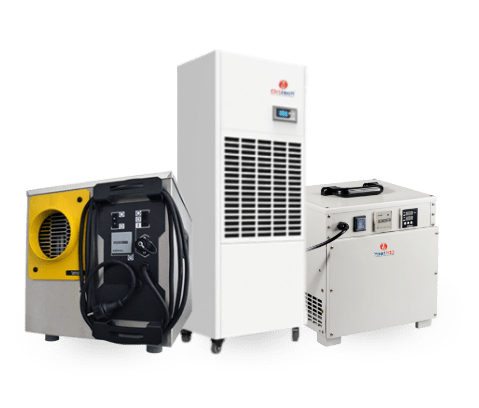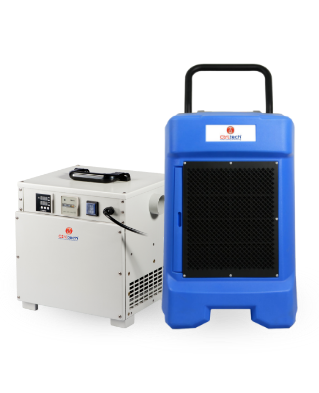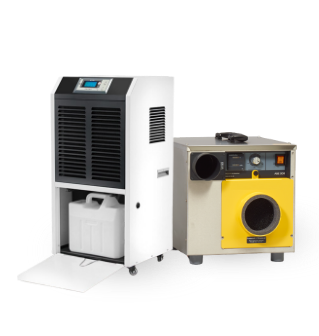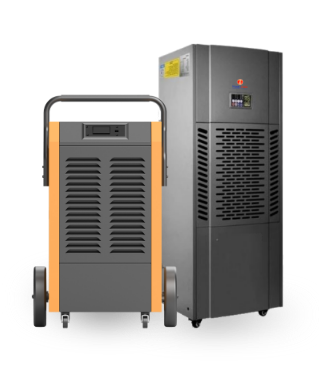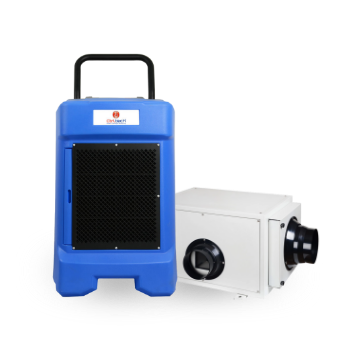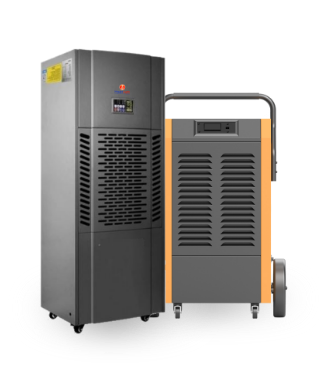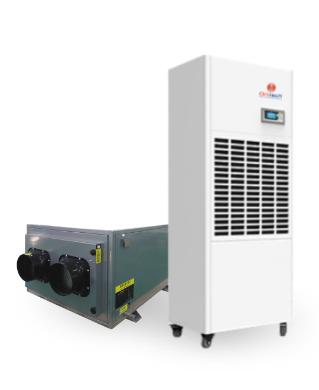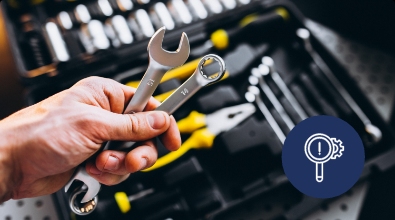Yes, dehumidifiers play a crucial role in protecting valuable artifacts and exhibits in museums. Museums often face challenges related to humidity control, as fluctuating moisture levels can cause irreversible damage to delicate and sensitive materials.
Here are the ways in which museum dehumidifiers contribute to the preservation of artifacts and exhibits:
Moisture control: Dehumidification systems are designed to actively control and maintain optimal humidity levels within museum spaces. By extracting excess moisture from the air, these devices help prevent high humidity conditions that can lead to mold growth, corrosion, warping, and degradation of materials. Maintaining a stable humidity environment is essential to safeguarding the integrity and longevity of valuable artifacts and exhibits.
Mold prevention: High humidity levels create an ideal environment for mold and mildew to thrive. These microorganisms can cause significant damage to organic materials, such as textiles, paper, and wood, leading to discoloration, deterioration, and loss of structural integrity. Dehumidifiers mitigate this risk by reducing humidity, inhibiting the growth of mold and protecting vulnerable items.
Preventing chemical reactions: Fluctuations in humidity can trigger chemical reactions in certain materials. For instance, rapid changes in moisture levels can cause dimensional changes in wood, leading to cracking or warping. By maintaining a consistent and controlled humidity environment, dehumidifiers help minimize these chemical reactions and associated damage.
Protection against corrosion: High humidity levels increase the risk of corrosion, particularly for metal artifacts or items with metal components. Moisture in the air can facilitate oxidation and corrosion, leading to irreversible damage. Dehumidifiers reduce humidity, thereby reducing the likelihood of corrosion and preserving the condition of metal objects.
Preservation of delicate materials: Many artifacts and exhibits in museums consist of delicate and sensitive materials that require specific environmental conditions for preservation. For example, textiles, paintings, photographs, and documents can be highly susceptible to damage from excess moisture. Dehumidifiers help create a stable humidity environment, safeguarding these delicate materials and maintaining their quality and appearance.
Conservation of color and aesthetics: High humidity levels can cause color fading, yellowing, or staining of artworks, textiles, and other objects. By controlling humidity, dehumidifiers assist in preserving the original color and aesthetics of artifacts and exhibits, allowing visitors to experience them as intended.
Preventing insect infestations: Certain insects, such as silverfish and beetles, thrive in humid environments and can damage organic materials in museum collections. By controlling humidity levels, dehumidifiers help deter insect infestations and protect artifacts and exhibits from pest-related harm.
